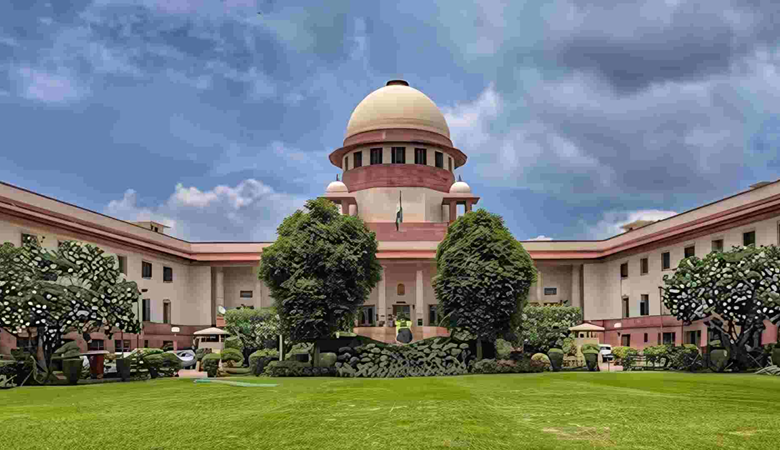Supreme Court Mandates Identification and Exclusion of ‘Creamy Layer’ in SC/ST Reservations

News Mania Desk/Agnibeena Ghosh/1st August 2024
The Supreme Court has directed states to identify and exclude the ‘creamy layer’ within the Scheduled Castes (SC) and Scheduled Tribes (ST) from reservation benefits. This decision comes as part of a broader ruling on the sub-classification within these groups, aiming to ensure that the most disadvantaged members receive the intended support.
A seven-judge constitution bench, led by Chief Justice D Y Chandrachud, ruled with a 6:1 majority in favor of allowing states to sub-classify SCs and STs. The bench emphasized that social equality principles justify giving preferential treatment to the most marginalized classes within these groups. The bench included Justices BR Gavai, Vikram Nath, Bela Trivedi, Manoj Misra, and Satish Chandra Sharma, with six separate judgments delivered. Justice Trivedi was the sole dissenter in this landmark decision.
The court’s decision underlines the necessity for states to develop policies identifying the creamy layer among SCs and STs to exclude them from affirmative action. Justice Gavai, writing for the majority, stated that this exclusion is essential for achieving “real equality” as envisioned in the Constitution. Justice Satish Chandra Sharma concurred, stressing that identifying the creamy layer in SC/STs must become a constitutional obligation for the state.
The term ‘creamy layer’ refers to individuals within reserved categories who are socially and economically advanced. Currently, this concept applies to Other Backward Classes (OBCs), where the creamy layer is defined as households with an annual income exceeding ₹8 lakh. The Supreme Court, in its 2018 judgment in Jarnail Singh & Ors. v Lachhmi Narain Gupta & Ors., extended this principle to SC/ST communities for reservations in promotions.
This ruling has significant implications for the implementation of reservation policies in India. By identifying and excluding the creamy layer, the court aims to ensure that the benefits of affirmative action reach those most in need, rather than those who have already achieved a certain level of social and economic advancement. This approach seeks to balance the scales of social justice and provide opportunities for the genuinely disadvantaged segments of the population.
The ruling also highlights the court’s ongoing efforts to refine and improve the reservation system in India. By allowing states to sub-classify SCs and STs, the court recognizes the diverse socio-economic realities within these groups and aims to tailor affirmative action policies to better address these differences. This decision is a step towards a more nuanced and effective reservation policy, ensuring that the most disadvantaged communities are not left behind in the quest for social equality.
In summary, the Supreme Court’s directive to states to identify and exclude the creamy layer within SCs and STs from reservation benefits is a significant move towards achieving real equality. By focusing on the most marginalized segments of these groups, the court aims to ensure that affirmative action policies effectively serve their intended purpose. This decision marks a critical evolution in India’s approach to social justice and reservation policies, paving the way for more targeted and impactful interventions.






